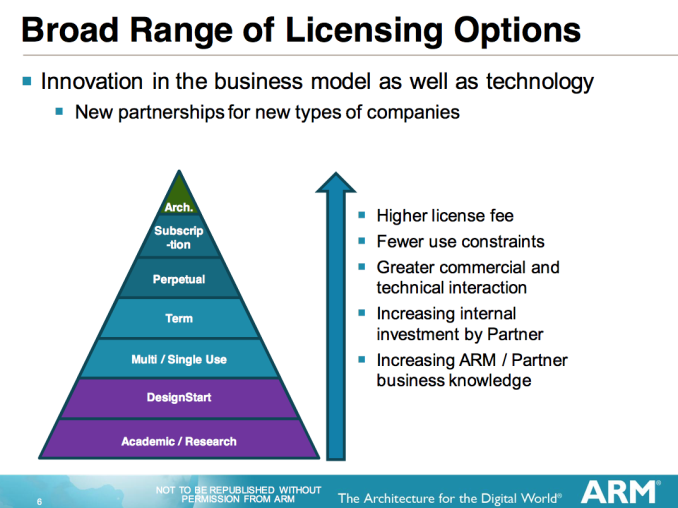China will give a five-year tax break to its home-grown semiconductor makers and software developers in a bid to bolster the industries as the trade war shifts to an assault on Chinese technology.
Integrated circuit makers and software companies will be exempt from paying corporate taxes for two years, starting in 2019, and their tax payments will be halved from the 25 per cent universal rate levied on Chinese companies in the following three years, the finance ministry said on its website on Wednesday afternoon.
The announcement comes as the intensifying trade war between China and the US spills over into the technology industry. The Trump administration has put Huawei Technologies, China’s biggest maker of telecommunications equipment, on a blacklist that will ban it from buying American technologies and goods.
The White House is considering cutting off the flow of vital American technology to as many as five Chinese video surveillance companies, including the biggest, Hikvision, and Zhejiang Dahua Technology, according to a Bloomberg report citing people familiar with the situation.
China last week imposed retaliatory tariffs on US imports after President Donald Trump had earlier more than doubled duties on US$200 billion worth of Chinese goods.
“The government is acting very quickly this time to support the domestic high-technology industry after Huawei was targeted in the rising trade tension,” said Wu Kan, an investment manager at Soochow Securities in Shanghai. “The megatrend is that China will have to develop its own chips and software on a large scale to reduce its reliance on the US. We’ll see other support measures and that’s big positive news for China’s technology sector in the long turn.”
Investors cheered the move. Gauges tracking Chinese software developers and electronics equipment makers gained at least 0.8 per cent on Wednesday, defying a 0.5 per cent decline on the Shanghai Composite Index. Among them, China National Software and Service jumped by the 10 per cent daily limit in Shanghai, and Gigadevice Semiconductor surged 7.8 per cent.
Under the “Made in China 2025” industrial strategy, chip-making is one of the 10 key sectors in which Beijing hopes its domestic players will catch up with global leaders and become self-sufficient by 2025. China’s microchip industry now heavily counts on imports, with annual imports of semiconductor chips rising 30 per cent over four years to US$260 billion in 2017.
The drive towards self-sufficiency was made more urgent by Trump’s recent ban on the use of telecommunications equipment made by companies deemed a threat to America’s national security, which paved the way for the outright ban on products made by Huawei.
“The technology blockade by the US is escalating and China has to do something in the technology area if it wants to rise as a super power,” said Dai Ming, a fund manager at Hengsheng Asset Management in Shanghai.
Though China leads the world in areas such as fifth-generation wireless networks (5G) and e-commerce, it lags the US in some of the most cutting-edge technologies including chip design and manufacturing. The core components used by some of the country’s biggest tech firms are made by either Intel or Qualcomm, and the operating systems at the heart of their applications are by Google’s Android unit in smartphones, or Microsoft for computers.
The pain was already felt last year when ZTE, a major rival of Huawei, had to pay US$1.4 billion in fines and replace all its board members to end a US sanction against the company.
The Chinese government set up a state fund in 2014 to nurture indigenous technology and acquire foreign patents and designs. The China National Integrated Circuit Industry Investment Fund, also called the Big Fund, has already invested in about a dozen companies including Jiangsu Changjiang Electronics Technology and Sanan Optoelectronics.
China’s local governments are in on the act. The Shanghai municipal government said on Tuesday that it will offer tax incentives and funding to support home-grown companies in the integrated circuits, artificial intelligence and biotechnology industries.
The tax breaks for the hi-tech industries are in addition to the policy adopted this year by Beijing to cut value-added taxes on Chinese companies to cushion a slowdown in economic growth.


